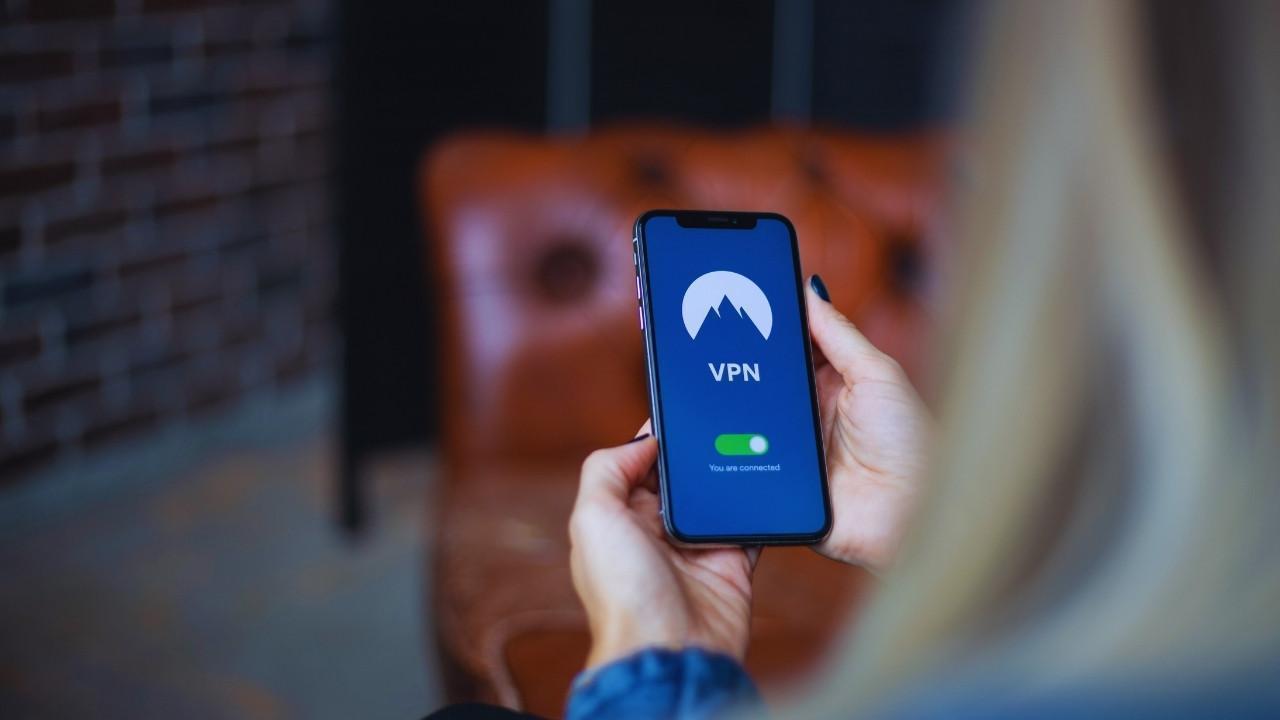
Post by : Anees Nasser
Today, many households face the struggle of keeping up with escalating expenses and unpredictable bills, all while trying to manage everyday spending alongside long-term financial goals. From rising grocery prices to unexpected medical and repair costs, financial management can feel overwhelming. Often, individuals attempt budgeting but fall back into old habits due to overly complicated methods and tools that aren’t suitable for their routines.
That’s where practical budgeting tools come into play. Unlike complex spreadsheets or apps that require excessive input, these user-friendly solutions have been tested in real homes and actually help track spending, maintain discipline, and save money effectively. In this article, we delve into budgeting tools that have proven successful for average households, designed to fit naturally into your daily life without causing additional stress or requiring a finance degree.
If you’re looking for a straightforward way to take control of your finances, this guide details what works, why it’s effective, and how to implement these strategies starting this week.
Before identifying effective budgeting tools, it’s crucial to explore why many attempts at budgeting stumble despite good intentions.
Often, people initiate budgets with strict rules that conflict with their lifestyles. Once they slip up once or twice, their entire plan tends to disintegrate.
The best apps or spreadsheets can fail if they require too many inputs or regular updates; users frequently abandon them quickly.
Budgets can only function effectively when users can quickly see their expenditures and how they measure against their limits. Delayed tracking can lead to a loss of control.
For a budgeting method to be effective, it needs to integrate seamlessly into daily life. If it feels burdensome, it will likely not last beyond a few weeks.
The tools outlined below address these issues by focusing on simplicity, real-time visibility, habit formation, and sustainable practices.
The envelope technique is one of the most straightforward yet powerful budgeting tools. It can be applied with physical envelopes or via digital budgeting apps.
Set up envelopes for key spending categories: groceries, fuel, daily expenses, medical, dining out.
Assign a fixed amount to each envelope monthly.
When an envelope is empty, spending in that category stops until the next budgeting period.
It naturally limits overspending with clear boundaries.
It encourages prioritization: if groceries exceed the limit, dining-out funds remain intact.
It fosters spending discipline without detailed record-keeping.
Families with varying incomes and individuals looking to curb impulsive spending.
This renowned budgeting strategy divides monthly income into three segments:
50% for essentials
30% for lifestyle needs
20% dedicated to savings
This framework offers structure while still allowing flexibility. Essentials are non-negotiable, lifestyle expenses have room for adjustment, and savings are a priority.
Households utilizing this method often experience improved control over discretionary spending and quicker achievement of savings goals due to its balanced nature.
Maintain a notebook or digital tracker with three sections.
Document expenses weekly.
Review monthly to fine-tune allocations as required.
This approach breaks down monthly budgets into weekly limits, making it especially effective for those who overspend early in the month.
Weekly caps allow for frequent resets.
Easy monitoring without detailed tracking keeps the process simple.
Helps reduce the stress of spending mid-month.
Determine your total monthly budget.
Divide that by four.
Withdraw that amount in cash or establish a digital allowance.
At each week’s close, assess remaining funds.
Students and working couples facing fluctuating expenses.
A simple financial spreadsheet not overwhelmed by details—just a 15-minute monthly task.
Create five columns:
Date
Expense category
Amount spent
Payment method
Additional notes (optional)
Tracks patterns without excessive detail.
Helps identify categories where waste occurs, such as snacks or subscriptions.
Encourages consistent monitoring without complexity.
After a couple of months, most individuals find specific categories where they may be overspending, leading to meaningful savings.
In this model, every penny earned is assigned a purpose, with no funds left unallocated.
Assign every income source to various categories until the total balance equals zero.
This directs funds purposefully rather than letting them be spent aimlessly.
Aims to prevent unspent resources from going to waste.
Encourages strong financial discipline by ensuring every dollar is accounted for.
Facilitates prioritization of necessary expenses and savings.
These applications are particularly useful for households with multiple incomes or collective expenses.
Tracks who is responsible for each payment.
Automatically settles shared costs.
Minimizes potential conflicts or misunderstandings.
This simplifies the accounting process and makes it easier to conduct monthly financial reviews.
Joint families, roommates, or couples sharing financial responsibilities.
Many homes waste money on forgotten subscriptions. A subscription tracker helps eliminate this issue.
A document or app listing services like streaming platforms, internet, gym memberships, and more.
Highlights renewal dates and monthly fees.
Users often cancel unused subscriptions upon realizing how much they are losing annually.
Spending tends to escalate on weekends. Utilizing only cash during weekends is a powerful approach to regain financial control.
Cash visibly leaves your hands, which promotes mindful spending.
Encourages adherence to budget limits for outings and dining.
Helps families remain aligned with their financial plans.
Allocate savings into distinct categories, such as:
Emergency
Travel
Education
Home improvements
Long-term investments
This method allows you to visualize progress toward different savings goals, enhancing motivation and reducing the temptation to dip into funds.
Families often find it easier to manage finances for vacations, education, and emergency costs due to clear allocation.
An accessible budget board can be set up on a wall or fridge for constant awareness.
A whiteboard displaying monthly objectives
Expenses categorized as essential or non-essential
A visual savings progress indicator
Having a visible budget daily minimizes the chances of overspending.
Families, particularly those with children, fostering awareness and healthy financial habits.
Monthly assessments can feel overwhelming. Short weekly reviews can help keep you on track.
Frequent switching between methods may lead to confusion. Stick to one approach for a minimum of two cycles.
Your budget should reflect your lifestyle. Overly stringent limits can lead to burnout.
Saving should have the same importance as monthly bills—ensure it’s done first.
This encompasses larger purchases such as electronics, furniture, and repairs, thus maintaining monthly budgets' clarity.
Families gain a clearer understanding of their spending instead of relying upon estimates.
Effective tracking prevents panic as month-end approaches.
Even families with modest incomes report a boost in savings within a few months.
Transparent financial tracking mitigates misunderstandings among shared households.
Increased awareness leads to reduced impulsive purchases and recurring waste.
Using a single tool is effective, but pairing two can create a more comprehensive budgeting system.
Envelope method + Weekly spending tracker
Zero-balance budgeting + Savings buckets
Spreadsheet + Subscription tracker
Visual budget board + Envelope method
Weekly tracker + Cash-only weekends
These combinations maintain both structure and adaptability.
Consider the weekly spending tracker or envelope method.
Zero-balance budgeting is most suitable.
Utilize expense-sharing apps alongside subscription trackers.
Start with a straightforward category spreadsheet.
The cash-only weekend approach paired with the weekly limit tracker proves beneficial.
Budgeting is about empowering yourself financially rather than imposing restrictions. The tools outlined here prioritize practicality and everyday usability, avoiding complex calculations and bothersome details, creating clear, workable systems allowing households to save money while reducing stress.
Whether you opt for the envelope system, a weekly limit tracker, bucket-based savings, or subscription oversight, consistency is vital. Sticking to one method for even two months will likely lead to visible changes in spending patterns, growth in savings, and enhanced financial clarity.
Given rising expenses and changing lifestyles, effective budgeting is increasingly essential, and thankfully, the right tools make this process manageable and surprisingly empowering.
This article provides general budgeting insights for everyday households. Individual results may vary depending on financial situations and personal goals.










Curry Powers Warriors to Nail-Biting 109-108 Victory Against Spurs
Stephen Curry's 49 points propel the Warriors to a dramatic 109-108 NBA Cup triumph over the Spurs,

India Advances to Semi-Finals After Thrashing USA in Women’s Blind T20 World Cup
India secured a dominant ten-wicket victory over the USA, advancing to the semi-finals in the Women’

South Africa's Early Advantage as India Struggles on Day Two
On Day Two, India reached 138-4 as South Africa took three early wickets, complicating matters with

Kenta Nishimoto Defeats Lakshya Sen in Japan Masters Semifinal
Lakshya Sen's journey in the Japan Masters ends after losing to Kenta Nishimoto 19-21, 21-14, 12-21

Kenta Nishimoto Defeats Lakshya Sen in Japan Masters Semifinals
Lakshya Sen's run at the Japan Masters concludes with a loss to Kenta Nishimoto in the semifinals, 1

Major IPL Trade: Jadeja Joins Royals as CSK Signs Samson
In a significant IPL trade, CSK has acquired Sanju Samson from Rajasthan Royals in exchange for Ravi